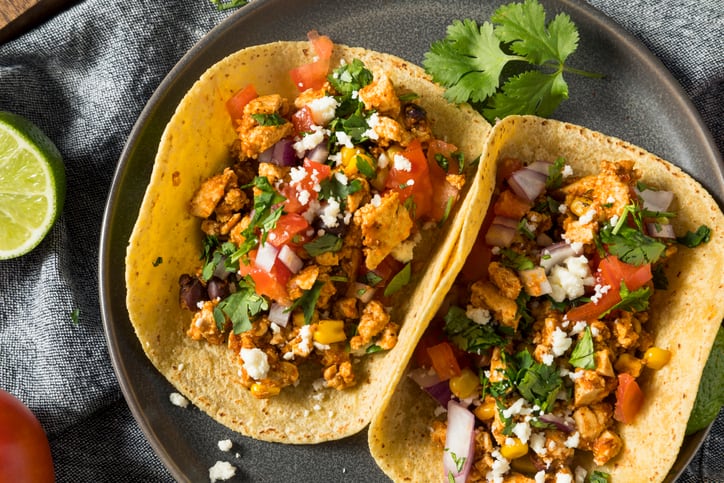Tariff trouble to the tune of $140 million is taking a toll on spice giant McCormick & Co. despite strong consumer demand for enhanced flavor to support wellness goals and enhance home cooking as a cost-saving strategy amid lingering inflation.
McCormick warned investors Tuesday during its third quarter earnings call that it now predicts its gross annualized tariff exposure for 2025 is up half again than its previous expectations of $90 million, and its gross tariff costs for 2025 are up nearly as much – about 40% – to $70 million from previous estimates of $50 shared during its second quarter earnings call.
For now, the company says it plans to absorb some of the unexpected incremental costs – sacrificing near-term profitability in favor of fueling ongoing volume-led sales growth, CEO Brendan Foley said.
With a 2% uptick in organic sales in Q3, Foley touted McCormick’s volume-led growth for five consecutive quarters – a notable achievement in a period of economic uncertainty when many CPG companies have reported unit declines as consumer spending holds steady but does not stretch as far.
“The environment remains challenging across our key markets, with market dynamics pointing to continued pressure into 2026. Consumers, especially low to middle-income households, are adapting to the economic environment by adjusting how they shop – making more frequent trips with fewer items per basket, choosing larger pack sizes to maximize value, and stretching meals across a number of occasions,” Foley explained.
How are shifting shopping habits impacting McCormick?
This shift in shopping is a double-edged sword for McCormick.
On one side, Foley noted, the company benefits from consumers “preparing healthier, more affordable meals at home while exploring new flavors and culinary creativity,” which helped buoy consumer segment organic sales in the Americas by 3% with flat pricing.
On the other side, the company has limited room to pass along higher costs from tariffs to consumers because many are already at capacity and cannot absorb additional price hikes.
To protect volume gains, including against private label competitors, McCormick plans to take a “surgical approach to pricing,” preferring instead to “offset as much of the incremental impact as we can with productivity savings across the P&L, alternative sourcing, supply chain initiatives and, of course, leveraging our revenue management capabilities,” CFO Marcos Gabriel said.
McCormick will closely monitor elasticities to “help inform our plans for 2026,” he added. Gabriel also warned that not all of the company’s mitigations efforts are permanent and they will need to be addressed next year.
McCormick’s game plan remains the same
In the meantime, Foley said, McCormick will “keep running the same plays” that have been driving its volume growth, which includes price-gap management, innovation and consumer messaging that “resonates and is targeted and digitally enabled.”
In terms of innovation, Foley called out wins in 2024 that continue to deliver strong gains, including Frank’s squeeze bottles, new flavors of Frank’s RedHot and Cholula Extra Hot.
McCormick also is seeing “great early results from the relaunch of our McCormick Gourmet line, with countertop-worthy new packaging, including a fiberglass cap that seals in freshness, provides a modern look and highlights that we only use the best raw materials,” Foley said.
He also highlighted the success of the company’s all-purpose seasonings, which are resonating with younger consumers, and holiday-themed products and merchandising.
What does McCormick expect for the remainder of the year?
As McCormick balances the impact of tariffs and strong consumer demand for flavor with limited capacity to take on additional price increases, the company reaffirmed its sales outlook of flat to up 2%, but trimmed its adjusted operating income growth and earnings per share.
While its expectations for its adjusted gross profit margin remains “comparable” to its prior guidance, McCormick now expects adjusted operating income growth of 2% to 4%, down from a prior range of 3% to 5%. It also lowered its adjusted EPS to a range of $3 to $3.05 from $3.03 to $3.08, and adjusted EPS growth from a range of 3% to 5% previously predicted to 2% to 4%.


